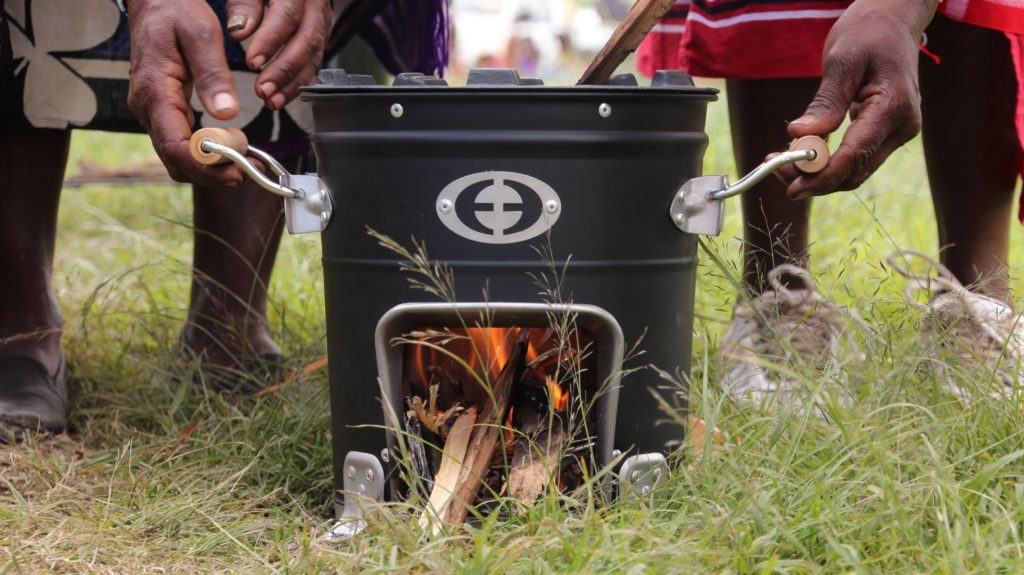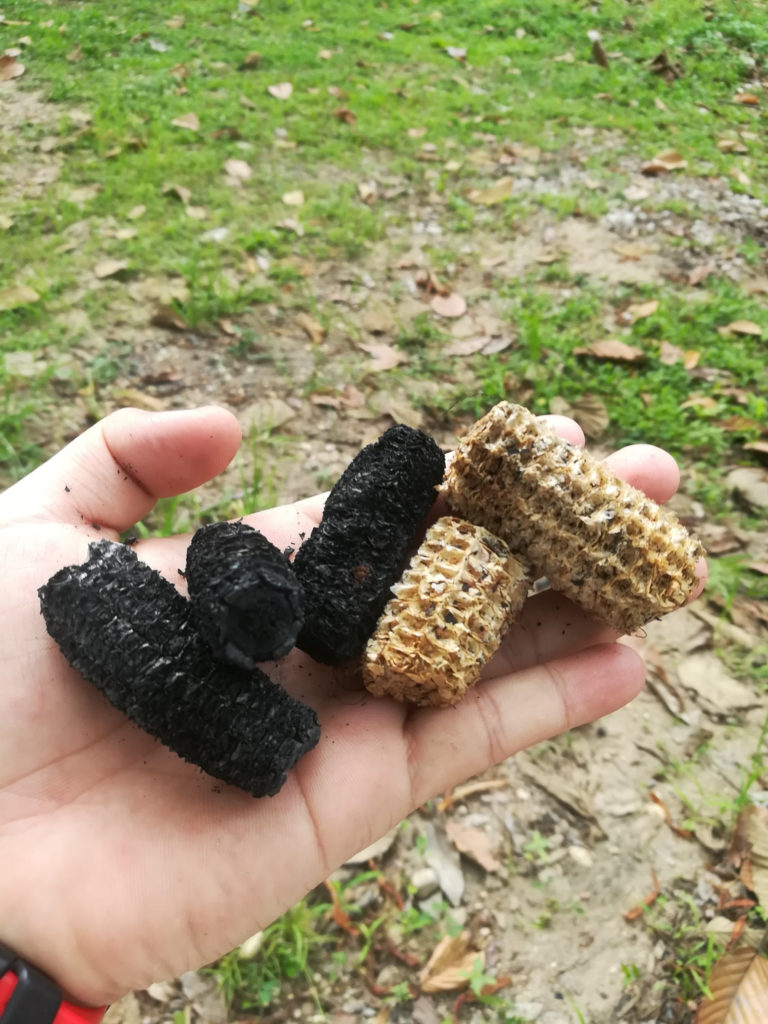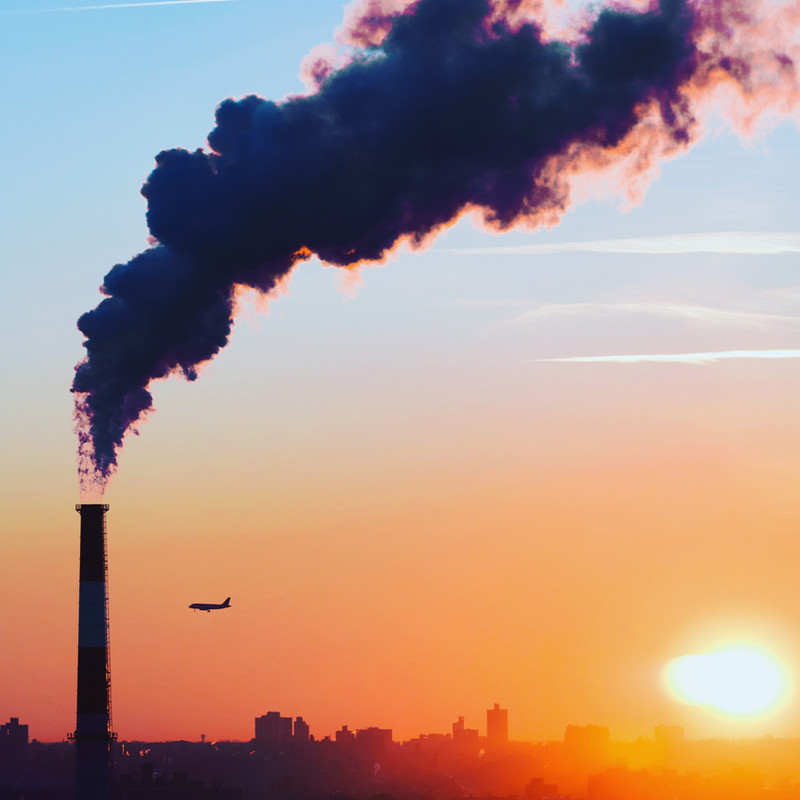Black carbon is a type of particulate matter that consists of pure carbon in several linked forms. It is formed through the incomplete combustion of fossil fuels, biofuel, and biomass, and is one of the main types of particle in both anthropogenic and naturally occurring soot.
Where does black carbon come from?
It comes from a variety of sources, both natural and anthropogenic. Biomass burning, such as from forest fires, agricultural waste burning, and residential wood combustion are all significant sources of black carbon emissions. In addition, diesel engines and coal-fired power plants are also large contributors to black carbon emissions.
Health Effects of Black Carbon
It causes human morbidity and premature mortality. Because of these human health impacts, many countries have worked to reduce their emissions, making it an easy pollutant to abate in anthropogenic sources. It is a known human carcinogen and has been linked to a variety of other adverse health effects, including respiratory and cardiovascular disease, lung cancer, and premature mortality.
When emitted into the atmosphere, it absorbs sunlight and heats up the surrounding air. This can lead to climate change, as well as other negative health effects such as respiratory problems. Additionally, black carbon deposits on snow and ice surfaces can accelerate melting. When it is emitted into the atmosphere, it has a number of harmful effects on human health and the environment. It contributes to climate change, alters precipitation patterns, and reduces visibility. Reducing black carbon emissions is therefore an important part of mitigating climate change.
Climate Change
Per unit of mass, black carbon has a warming impact on the climate that is 460-1,500 times stronger than CO2. When suspended in the atmosphere, it contributes to global warming by converting incoming solar radiation to heat. It also influences cloud formation and impacts regional circulation and rainfall patterns.
Black Carbon Emissions
There are a number of ways to reduce black carbon emissions. For example, using cleaner-burning fuels, such as natural gas instead of coal, can help to reduce emissions. Improving combustion efficiency in engines and furnaces can also be helpful, as well as ensuring that there is adequate ventilation during burning. In some cases, it may also be possible to use filters or other control devices to reduce emissions of black carbon.
Black Carbon Lifecycle
It is complex, and it can stay in the atmosphere for days to weeks. It can be removed from the atmosphere through precipitation or by settling on surfaces. Once deposited, it can be re-emitted back into the atmosphere or converted to other forms of carbon, such as organic carbon.
Reducing Black Carbon
There are a number of ways to reduce related emissions, including:
1) Improving the efficiency of combustion processes
2) Switching to cleaner burning fuels
3) Using filters and other technologies to capture black carbon at the source
4) Reducing air pollution from other sources such as agriculture and open burning
5) Implementing policies to reduce emissions
6) Educating the public about the importance of reducing emissions.
Carbon Offsets
Black carbon can also be removed from the atmosphere through carbon offsets or carbon credit programs. These programs allow businesses and individuals to offset their emissions by investing in projects that reduce emissions. For example, a company might invest in a project to improve the efficiency of stoves in developing countries (clean cookstoves), which would result in fewer emissions.

Reducing black carbon emissions is an important part of mitigating climate change and protecting human health. There are a number of actions that can be taken to reduce emissions, including switching to cleaner burning fuels, improving combustion efficiency, and using filters and other control devices.
Black Carbon Sequestration
Carbon sequestration is the process of capturing and storing carbon dioxide (CO2) or other forms of carbon, such as black carbon, in order to prevent it from being released into the atmosphere. Sequestration can be achieved through a variety of means, including planting trees or using agricultural practices that promote soil health.
Carbon Sinks
Trees and other plants act as natural carbon sinks for carbon dioxide, absorbing CO2 from the atmosphere and sequestering it in their leaves, branches, and trunks. When trees are cut down or burned, this stored carbon is released back into the atmosphere. Therefore, by preserving forests and promoting tree planting, we can help to reduce atmospheric concentrations of CO2 and mitigate climate change.
Soil Health
Soil is another important sink for carbon. Soils contain large amounts of organic matter, which is made up of dead plants and animals that have been decomposed by microorganisms. This process of decomposition sequesters carbon in the soil. Agricultural practices that promote healthy soils, such as cover crops and no-till farming, can help to increase the amount of carbon stored in soils and reduce atmospheric concentrations of CO2.
Agriculture
Crop rotations, where different crops are planted in a field in successive years, can also help to improve soil health and sequester carbon. For example, planting a cover crop, such as clover, in between cash crops like corn or soybeans can help to improve soil quality and increase carbon storage.
Biochar & Black Carbon

The use of biochar is another potential way to sequester black carbon in soils. Biochar is a type of charcoal that is made by burning biomass, such as wood or crop residues, in a low-oxygen environment. This process can happen naturally, through wildfires, or it can be done purposely, through a process called pyrolysis.
Biochar can be added to soils to improve their fertility and water retention while also sequestering carbon. When used in conjunction with other soil health practices, such as cover crops and no-till farming, biochar can help to significantly increase the amount of carbon stored in soils.
Climate Change Mitigation
Black carbon is a significant contributor to climate change, and reducing black carbon emissions is an important part of mitigating climate impact. Climate change mitigation is the process of taking actions to reduce greenhouse gas emissions and slow the rate of global warming.

